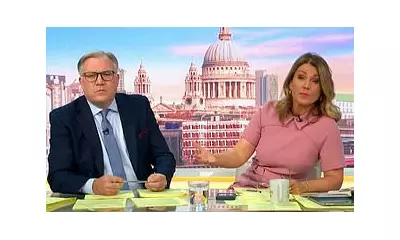
Thousands of American citizens have taken to the streets in a coordinated display of dissent, with the 'No Kings' protest movement gaining unprecedented momentum across multiple states. The demonstrations represent one of the largest coordinated anti-monarchy actions in recent US history.
Nationwide Mobilisation
From bustling metropolitan centres to quieter suburban areas, protesters gathered in significant numbers, carrying banners and chanting slogans that echoed their rejection of monarchical systems. The scale of participation suggests a growing grassroots movement challenging traditional power structures.
Unity in Protest
What makes these demonstrations particularly noteworthy is their coordinated nature. Despite spanning different time zones and regions, the protests maintained a consistent message and visual identity, indicating sophisticated organisation and widespread digital coordination among activist networks.
Visual Impact and Messaging
Protesters employed creative signage and symbolic gestures to amplify their message. The visual landscape of the demonstrations featured:
- Banners proclaiming anti-monarchy sentiments
- Coordinated colour schemes among participants
- Peaceful but determined crowd formations
- Digital projection of messages on public buildings
The atmosphere remained predominantly peaceful throughout the various locations, with participants emphasising their commitment to non-violent expression while making their political stance unmistakably clear.
Broader Implications
Political analysts suggest these protests reflect deeper currents in American political consciousness, particularly among younger demographics who are increasingly questioning traditional institutions and power dynamics. The timing and scale of the demonstrations indicate a potentially significant shift in how citizens engage with questions of governance and authority.
As the movement continues to gain visibility, authorities and political observers are closely monitoring its development and potential impact on the broader political landscape in the lead-up to future electoral cycles.





